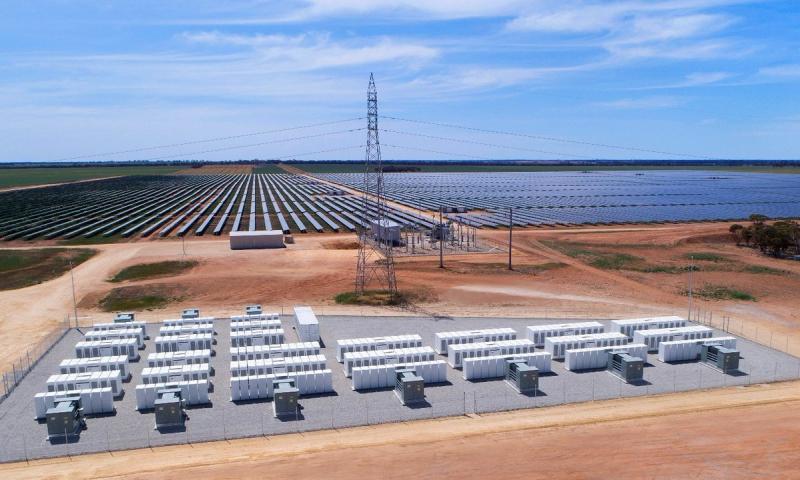
Facilities contain huge batteries storing electricity for the National Grid – a new form of crop for farmers scrambling to cash in on the 'green' energy revolution
- New report from leading physicists says vast batteries amount to electrical bombs with force of many hundreds of tons of TNT
- Wade Allison, emeritus professor of physics at Oxford University: 'It's like a potential bomb. When batteries catch fire, you can't just squirt water on them'
- MoS has identified nearly 400 battery sites – from Newquay to the Scottish Highlands – which are either operational or in development
The first thing you notice is the noise – a strange, low-octave hum growing louder as you approach across the fields.
It's coming from a group of bland metal cabins sitting on land that was once used to grow wheat and barley.
Yet these new agricultural buildings are nothing to do with food production. Instead, they contain huge batteries storing electricity for the National Grid – a new form of crop for farmers scrambling to cash in on the 'green' energy revolution.
And, according to a troubling new report from leading physicists, these vast batteries amount to electrical bombs with the force of many hundreds of tons of TNT.
With the potential for huge explosions, fires and clouds of toxic gas, they could devastate towns and villages nearby, says Wade Allison, emeritus professor of physics at Oxford University and co-author of the report.
The batteries, designed as reservoirs of spare electricity for when the wind doesn't blow or the sun fails to shine, are spreading around the British countryside. And this, says Prof Allison and his fellow scientists, could spell catastrophe.
'It's like a potential bomb,' he says. 'When batteries catch fire, you can't just squirt water on them and put out the flames. It's evident from our research that nothing has been done to tackle this problem.'
The issues arise when these batteries, made of lithium ions – which are also used in mobile phones on a much smaller scale – overheat.
If just one cell becomes faulty, it can lead to a domino effect called thermal runaway, which spreads to neighbouring cells, causing a battery fire.
The resulting blazes are difficult to control because they don't require oxygen to keep burning and need tens of thousands of gallons of water to extinguish. Temperatures have been known to hit 660c – enough to melt aluminium.
To read the rest of thius article, click HERE
- Log in to post comments
